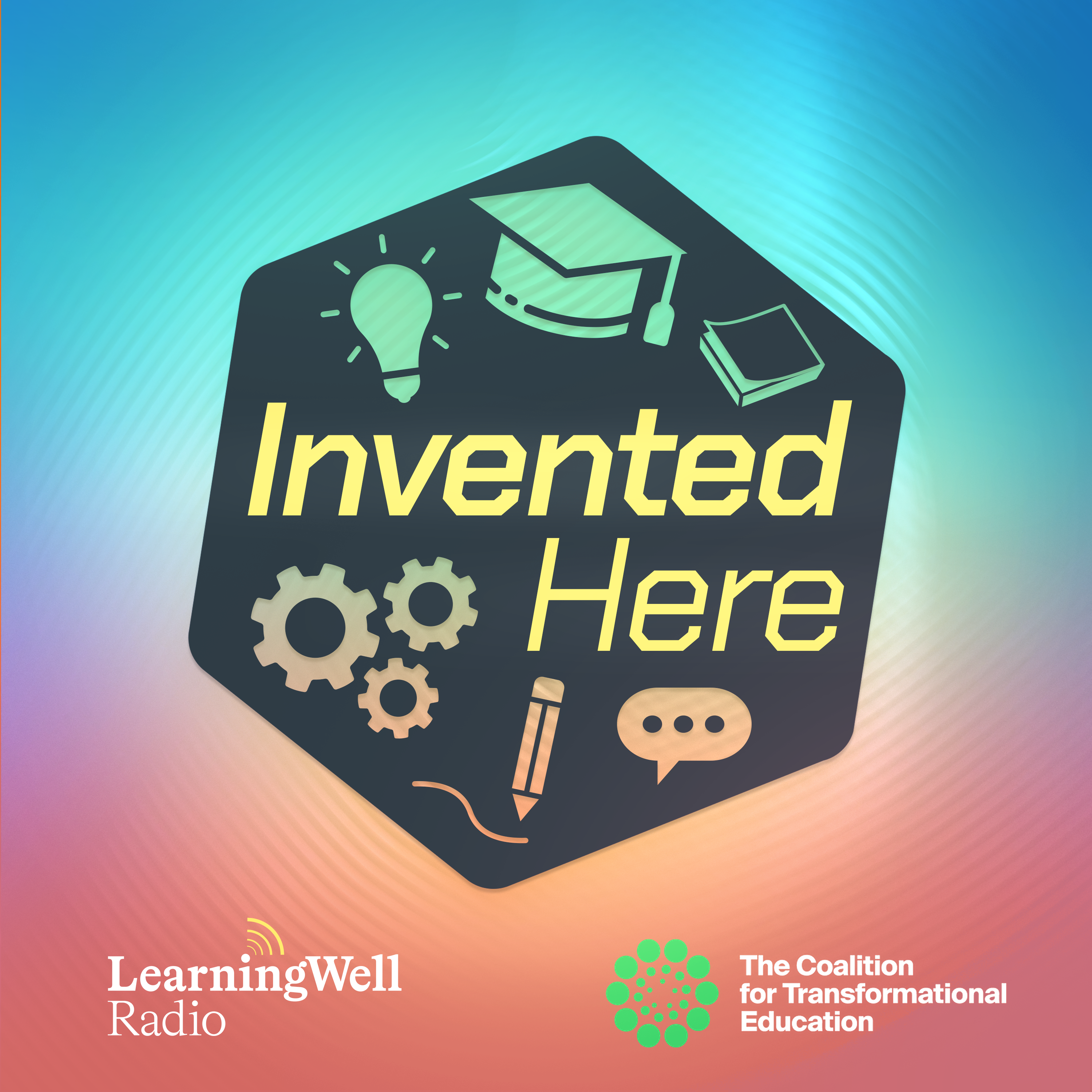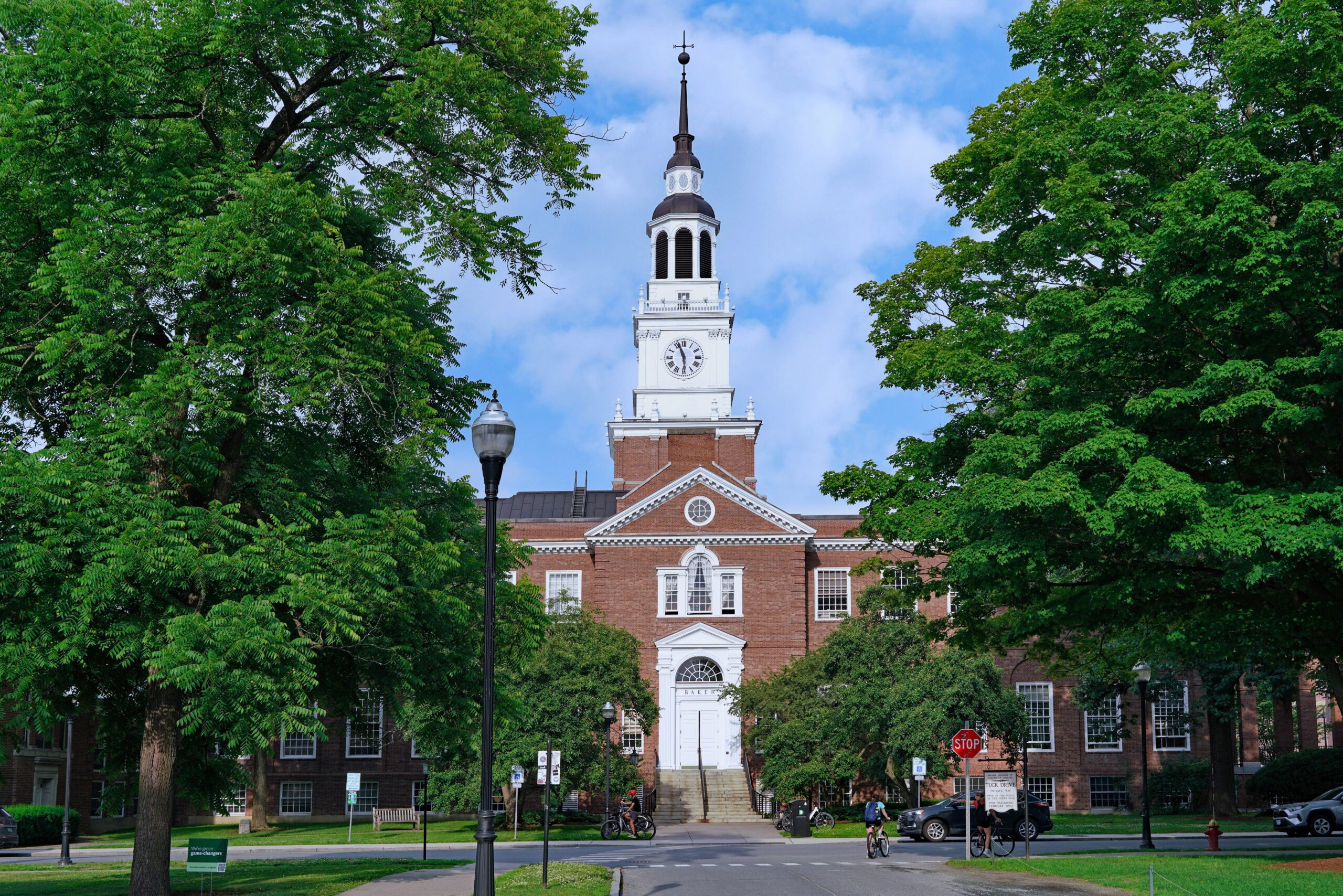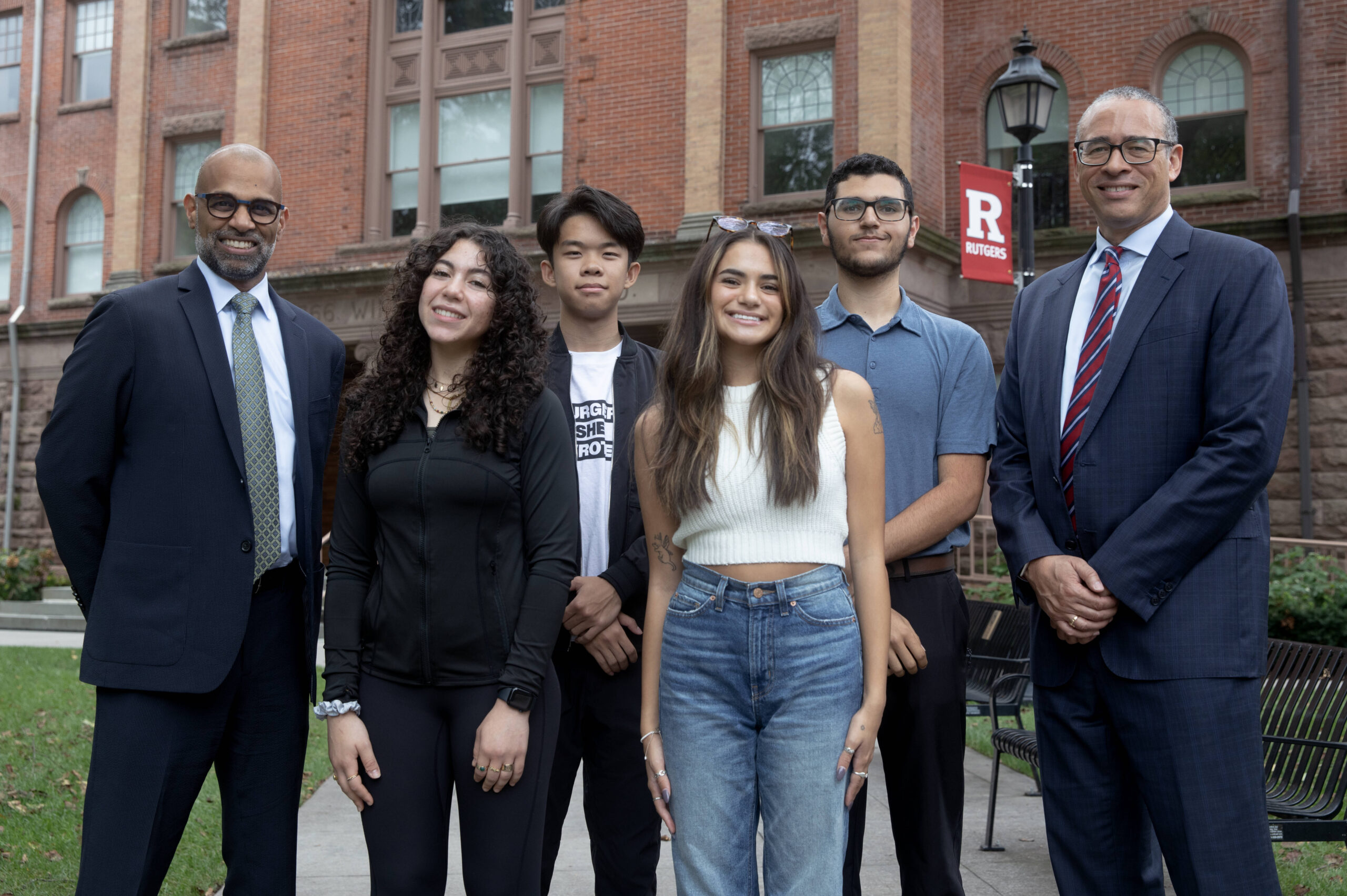Eric Mazur gives lots of talks on how to teach.
Often, he starts with a quiz, which goes something like this:
Think about a skill you’re really good at. Something you’re proud of — that other people respect you for.
OK, now try to remember how you got good at that skill.
Was it trial and error?
Practice?
Hearing lectures?
Getting an apprenticeship?
“Nobody chooses lectures,” says Mazur, a physics professor at Harvard. “Nobody, nobody, nobody chooses lectures. Then I show a picture of me lecturing — an old one, because I don’t lecture anymore — and I say: ‘Don’t we have a problem here?’”
It’s a problem Mazur has been trying to tackle for more than thirty years, ever since he realized that lectures — which are the classic way that physics is taught —aren’t actually that effective at teaching physics.
That realization came in the early 90s, after Mazur read an article in The American Journal of Physics about professors who gave thousands of students an unusual test. The test lacked textbook jargon and fancy equations. Instead, it used simple language to ask about basic physics principles, like the magnitude of the force that’s exerted when a light car collides with a heavy truck.
When the students took the test, they did poorly — even students with award-winning teachers. Mazur was shocked. Could his students at Harvard do better? He hoped they would.
But they didn’t. Which is when he started to question the whole idea of lecturing. He realized that students who simply hear information from a talking head might not effectively learn that information.
Of course, as a student, Mazur had been lectured to, as have generations of students, stretching back centuries. But suddenly, that started to seem like a terrible mistake.
At the time, Mazur was coming up for tenure at Harvard — normally, not a moment when one might adopt a side project. But he thought he might return to Europe (he’s Dutch), so tenure took on less importance than it might have otherwise. So he dug in and started to rethink teaching. He wanted to create a classroom where students were more engaged, and really, deeply absorbed the material.
As Mazur knew from his own life, engagement is key to having a meaningful experience in higher education. When he was a teenager, Mazur dreamed of being an astronomer. “And then at age 17, I enrolled at the University of Leiden, which was the mecca for astronomy. And within six weeks, my whole childhood dream unraveled. The courses were so badly taught.”
At the University, astronomy had little to do with the majesty of the universe. “It was just a jumble of formulas,” Mazur recalls. “And the whole big picture disappeared. It disintegrated. So I dropped out and became a physicist, because I knew I was reasonably good at physics in high school.”
But within a few weeks, Mazur realized that the quality of physics instruction wasn’t a whole lot better. “Which is why it’s so ironic that when I started teaching, I fell into the trap of doing what my instructors had done.”
Why perpetuate the cycle? Part of the reason, Mazur says, is that we don’t focus nearly enough on optimizing the classroom experience for students. We need to ask whether students feel challenged and supported. How much are they really learning? How deeply are they connected to their professors? For Mazur, having a doctoral advisor who cared about him made a huge difference in his life.
Indeed, those sorts of connections make a big difference for lots of people. As the 2014 Gallup-Purdue Index revealed, the happiness of college graduates was not particularly correlated with whether they attended a public or private school, a small or large school, or a selective or not-too-selective school. Instead, researchers found, “if graduates had a professor who cared about them as a person, made them excited about learning, and encouraged them to pursue their dreams, their odds of being engaged at work more than doubled, as did their odds of thriving in their well-being.”
You could argue, too, that deeply understanding physics or history or geometry greatly benefits a student’s future career. When you have to design a bridge, does it matter whether you got an A in your engineering class? Or how well you truly grasp a set of core principles?
CHANGE COMES, BUT SLOWLY
In the early 1990s, Mazur started “flipping the classroom.” No longer did he dispense knowledge to a hushed room of notetakers. Instead, students read through the content (what might once have been called “lecture notes”) before class. When everyone came together, students worked in groups to figure out problems and clarify concepts.
Mazur quickly discovered that students were often better at explaining a concept to each other than he was at explaining it to them. After all, he had learned physics long ago, and it could be hard for him to understand what might be so perplexing about, for example, Newton’s Third Law. But students who had just spent a week striving to understand it could easily relate to — and help — peers who were struggling.
Mazur’s conversion energized him — and a lot of other people. He started giving a talk called “Confessions of a Converted Lecturer,” chronicling how and why he had changed his own classroom. In 2009, after -— by his count — giving the talk about 600 times, the University of Maryland Baltimore County taped Mazur and put the talk on YouTube. He was sure that no one would ever invite him to speak on this topic again, since his views were now so easily accessible.
Mazur quickly discovered that students were often better at explaining a concept to each other than he was at explaining it to them.
You can guess what happened next. Mazur’s speech went on to attract more than 200,000 views, and he was invited to give talks around the world on why he had stopped lecturing. Academic studies began to focus on the benefits of active learning. And Mazur penned a book, Peer Instruction: A User’s Manual.
In 2019, a paper in the Proceedings of the National Academy of Sciences found that “students in the active classroom learn more.” But, it soberly noted, “[d]espite active learning being recognized as a superior method of instruction in the classroom, a major recent survey found that most college STEM instructors still choose traditional teaching methods.”
In a recent book, Brian Rosenberg — the longtime former president of Macalester College — writes that the “evidence that lectures are an ineffective way of teaching is both voluminous and incontrovertible.” So, he asks, “given its centrality to higher education and the evidence that it does not work very well as a teaching method, shouldn’t this be something about which faculty are thinking and debating pretty regularly? Isn’t the topic worth at least a faculty meeting or two?”
Still, change doesn’t come easily to higher education, and Mazur knows it. Asked if he thought he has moved the needle through his outreach, Mazur replied, “A tiny bit… which is probably a lot compared to what has happened over the past thousand years. I think people are more and more realizing that things are broken.” He does think the needle has moved more in K-8 education, where there has been significant interest in new pedagogical approaches.
The brokenness that Mazur sees is not just a function of too much lecturing. He believes our assessment system also makes little sense. High-stakes tests should not be the main way that students are evaluated, he says. Tests encourage cramming, which has proven to be a terrible way to build long-term knowledge.
And teachers — who generally devise the tests — are essentially evaluating their own work. As a teacher, Mazur says, “you know what you’ve presented in the class. Therefore, you know what students can answer, so they can pass the test. And most of them pass it by just rote memorization, or rote procedural problem solving… The type of skills that are tested under those circumstances have absolutely nothing to do with the skills that you need as a journalist, as a physicist, as a doctor, as a politician. It has no connection at all. It’s just like a hazing ritual almost.”
For a while, Mazur hoped the pandemic might upend education, but those hopes proved to be fleeting. “What I had underestimated,” he says, “is how badly people wanted to get back into the classroom to do what they did before.”
Still, Mazur believes that change is imminent. The rise of generative AI means that students now have extraordinarily powerful ways to do their homework instantly, to answer super tough physics questions — for example — without really understanding them.
This new technology may necessitate a radical thinking of what teaching is. It can’t simply be a search for right answers, because those are so easily accessible. Instead, homework and classwork will have to center on process, understanding, and analysis.
Artificial intelligence, Mazur argues, “is going to affect the jobs of our graduates in a way that is enormous.” He sees “anything that has to do with large-scale pattern recognition” being affected, from radiology to finance. “And therefore if we don’t adapt, we may become less relevant.”
He hopes the advent of AI will “force people to rethink the goal of higher education. And rethink not just content, which is the only thing that we’ve worried about so far, but also pedagogy and approach and assessment. How do we prepare people for an unknown future?”











